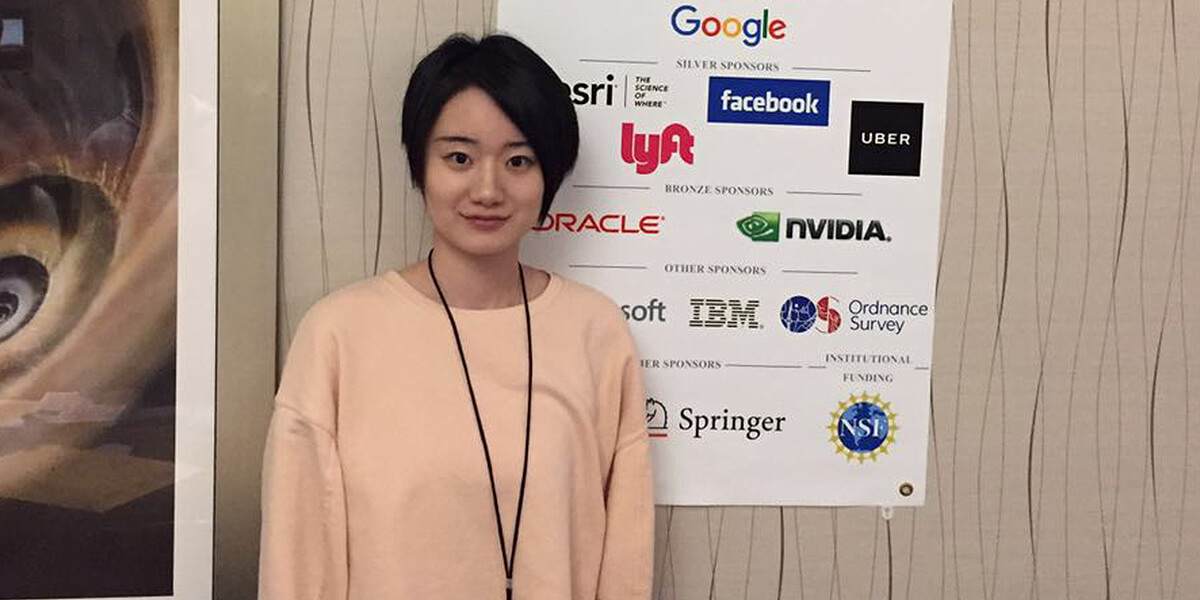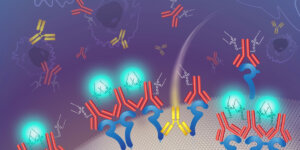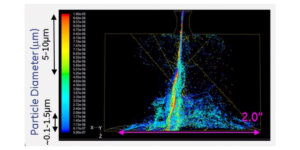
Computer science PhD student Weiwei Duan is a winner of the GPU Essay Challenge, presented by the United States Geospatial Intelligence Foundation (USGIF) in partnership with NVIDIA. Photo/Yijun Lin.
USC computer science PhD student Weiwei Duan has been named a winner of the GPU Essay Challenge, presented by the United States Geospatial Intelligence Foundation (USGIF) and technology company NVIDIA.
Open to individuals attending or working at one of USGIF’s 14 accredited universities, contestants were tasked to answer the question: “If you were given dedicated access to an NVIDIA GPU-powered supercomputer, what problems could you solve?”
Duan’s insightful prize-winning essay revealed how she plans to harness the power of supercomputers to advance the field of prediction analysis. A traditionally labor-intensive task, prediction analysis applies advanced analytics techniques to data sets to forecast future activity, behaviors and trends.
In previous work, Duan and Yao-Yi Chiang, an associate professor of research with USC’s Spatial Sciences Institute, presented a semi-automated predictive analysis system called Sansa, which streamlines data analysis workflow from heterogeneous data sources. In a case study, Duan and Chiang demonstrated the system’s ability to predict future geographic hubs for fuel cell technologies.
Duan hopes the prize of two NVIDIA Titan Xp graphics processing units (GPU) will propel their research to the next level.
In her essay, she writes: “If given dedicated access to a NVIDIA GPU-powered supercomputer to Sansa, we will be able to test and integrate selected deep learning models into Sansa and will, in turn, allow Sansa to handle large heterogeneous data sources and to improve the prediction results.”
The contest is a way to support educators and students in their efforts to accelerate innovation. The other two winning essays were submitted by researchers at the University of South Carolina and the U.S. Military Academy at West Point.
“All the applications were very professional and unveiled interesting ideas on how to use the GPUs in research and/or teaching,” said Dr. Camelia Kantor, USGIF’s Director of Academic Programs, in a news release.
“With such strong contenders for the award it was a difficult choice. The three winners stood out because they made a strong case for using the GPUs for the benefit of their students.”
Published on November 15th, 2017
Last updated on May 16th, 2024













